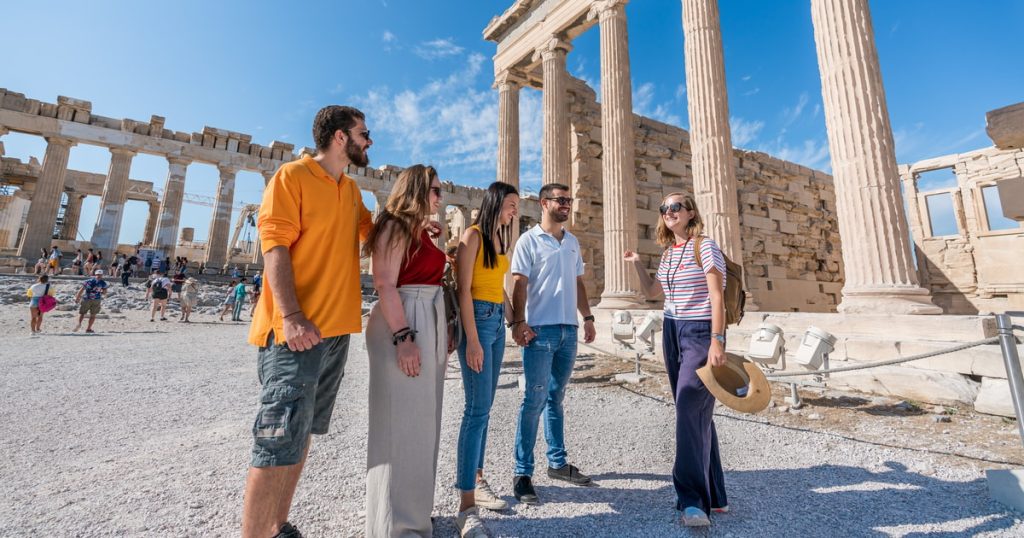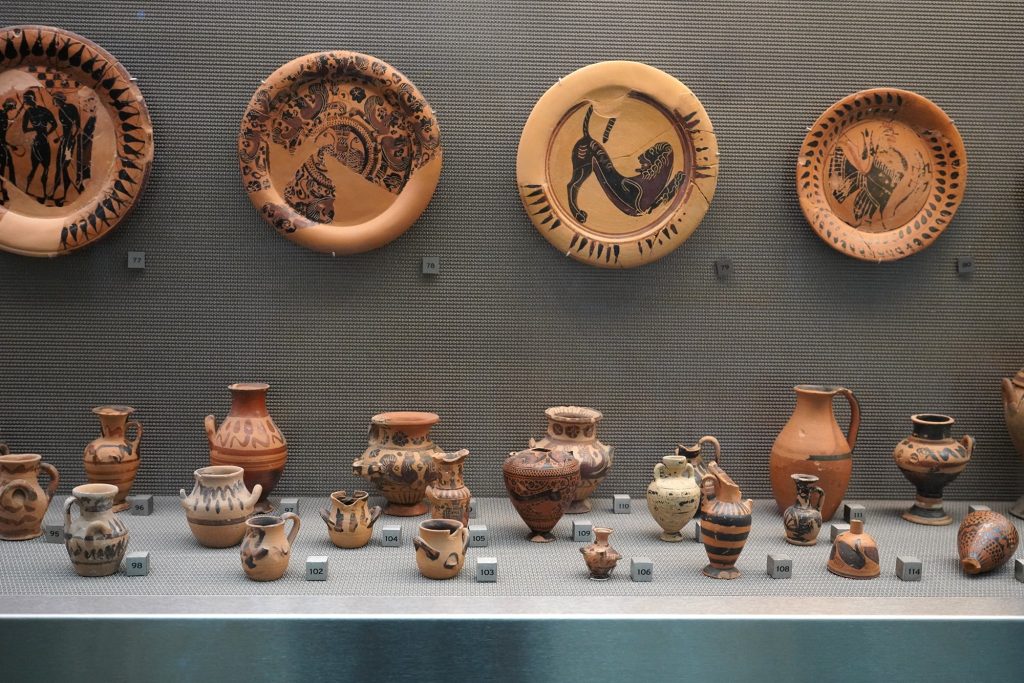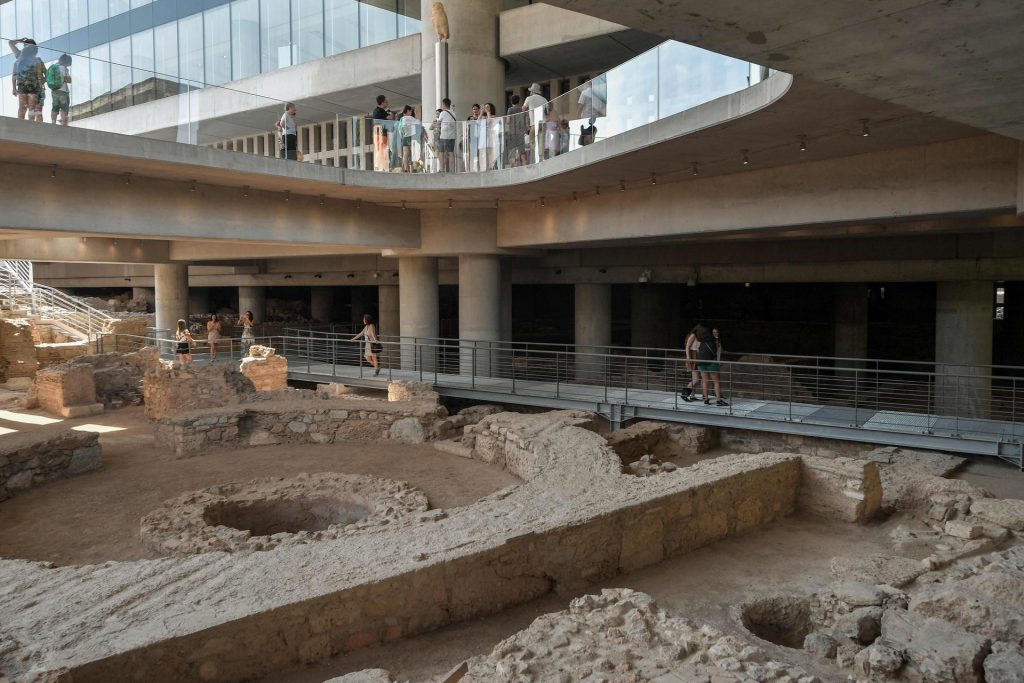
In an extraordinary archaeological breakthrough, researchers have unearthed the remains of a 3,000-year-old city near the Nile River. The site, which has been named “Acropolis of the Nile,” reveals advanced urban planning, intricate architecture, and significant cultural artifacts that provide a deeper understanding of early human civilization.
The city’s discovery occurred during an excavation led by an international team of archaeologists exploring ancient settlement patterns in the region. Found beneath layers of sediment, the site features a central plaza, residential structures, workshops, and religious monuments, all remarkably well-preserved.
The Magnificent Structure of the Acropolis

At the heart of the ancient city lies a towering structure resembling an acropolis, believed to have served as a religious or administrative hub. Built with massive stone blocks, the structure showcases engineering techniques that were ahead of their time. Decorative carvings and inscriptions on its walls hint at the rituals and governance practices of its inhabitants.
Historians are comparing this find to ancient cities like Thebes and Memphis, noting its potential to redefine our understanding of early civilizations in the Nile Valley.
Artifacts Reveal Daily Life and Cultural Sophistication

The excavation has uncovered numerous artifacts, including pottery, tools, and jewelry, which paint a vivid picture of the city’s daily life. Notably, the discovery of intricate gold ornaments suggests the society possessed significant wealth and trade connections.
Religious items, such as figurines and ceremonial vessels, further indicate the city’s spiritual and cultural practices. Early translations of inscriptions point to a pantheon of deities and rituals centered around the Nile’s life-giving waters.
A Key Location in Ancient Trade Networks
Strategically located near a bend in the Nile, the city was likely a critical node in ancient trade routes. Evidence of imported goods, including lapis lazuli and spices, suggests extensive trade relationships spanning the Mediterranean, Africa, and the Middle East.
Implications for the Study of Ancient Civilizations

The discovery of this city is being hailed as one of the most significant finds in recent decades. Experts believe it could provide invaluable insights into urban development, trade, and cultural practices during a pivotal era in human history. The site’s excavation is ongoing, with further revelations expected in the coming months.
This ancient city near the Nile stands as a testament to humanity’s ingenuity and resilience, reminding us of the intricate tapestry of civilizations that came before us.
offering invaluable insights into ancient trade networks, religious practices, and architectural achievements along the Nile River.
allaboutimage.org
Wow, imagine living in a city that’s over 3,000 years old – it’s amazing to think about how much history is hidden under the ground!
slotmahjongways3.com
Acropolis Tours uncovers a 3,000-year-old city near the Nile, offering stunning insights into early urban planning, culture, and trade in ancient Egypt. phamngocson.com
Wow, discovering a 3,000-year-old city near the Nile is mind-blowing it’s like stepping back in time to see how advanced these ancient civilizations were! metforminpharm.com
Wow, discovering a 3,000-year-old city near the Nile is mind-blowing—imagine all the untold history waiting to be uncovered! https://bobbykertanegara.com